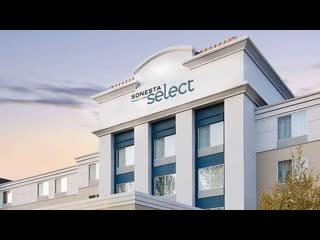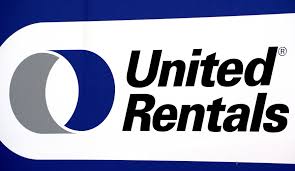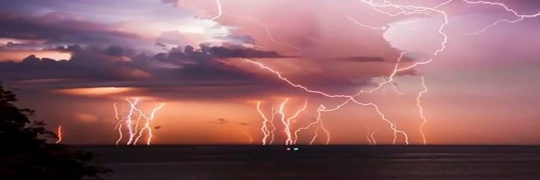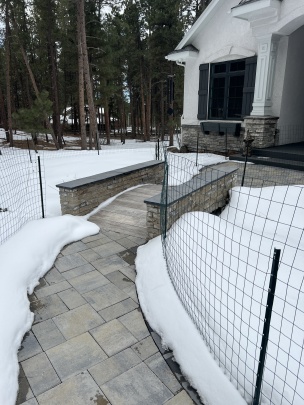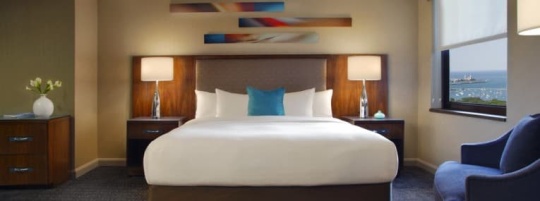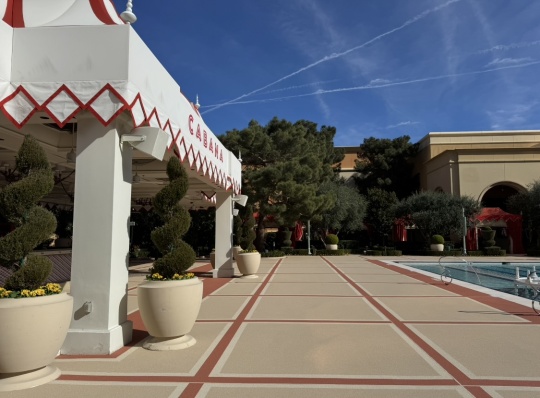
I’ve had the privilege of working with many large-scale facilities that offer stunning pools and exceptional environments. Yet, one area that’s often overlooked is the pool deck itself—a space that should be seen as a direct extension of the property’s brand and guest experience. At Deckology, we go beyond safety and durability. Our high-performance surfaces are not only slip-resistant and maintenance-free, but they also unlock a world of design possibilities that traditional materials can’t match. This photo illustrates just how impactful even a subtle design change can be. What may seem like a minor enhancement can completely transform the space—elevating...






